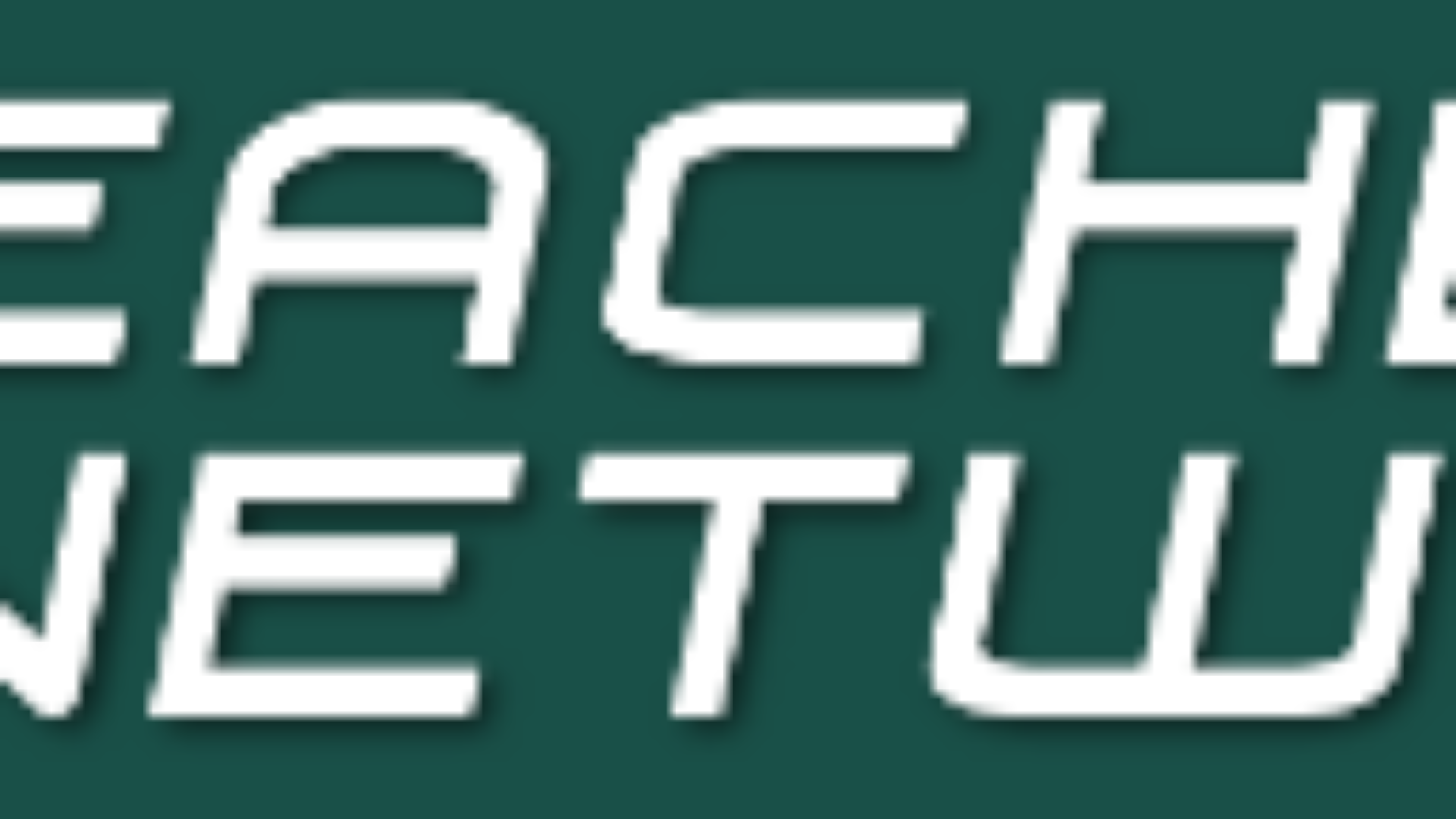Programming for Young Learners: ScratchJr is an active, project based learning class. Students are expected to be actively involved in the design of their animations, games, and stories. The course outline follows the book closely. Students are encouraged to come up with their own variations of the suggested projects. They are asked to read their code and explain their thinking. Creativity, independent thinking and exploration are all actively encouraged.
Welcome to Your First Programming Class!
- Class rules
- Tablet usage guidelines both in and outside of class (basic time management)
NOTE: This section is VERY important and needs parent collaboration to be effective. Parental notes should be provided BEFORE the first class and available online.
Basic English Vocabulary
- forward, back, right, left, up, down, wait, numbers
What is ScratchJr?
- Animation, Story Telling, Game Development
- Project Examples
- What Would You Like to Design?
Project 1: Dance Party (3 sessions)
This first project will get the ScratchJr cat to dance with a friend on a stage.
- Starting a new project
- Characters
- Movement
- Titles
- Make the characters say something!
Project 2: Make Your Cat Move!
We introduce the the Scratch grid and how to make characters move on the screen. We also learn how to reset positions when restarting a program.
- Movement Blocks
- Start on Green Flag
Project 3: Make Your Cat Turn
- Turning and rotating characters
- Turn Right and Turn Left Blocks
Project 4: Hide-and-Seek
In this project we learn how to make characters disappear and reappear later using the looks blocks.
- Hide and Show Blocks
- Grow and Shrink Blocks
Project 5: Do Something Over and Over!
This project shows how to repeat program blocks to do the same actions over and over again, through ScratchJr loops.
- Repeat Block
- Repeat Forever Block
Old Macdonald’s Farm
This is a practice project where students are asked to design their own simple story based on a farm. They need to select an appropriate background and set of characters. Each character should have a role in the story and be active.
This project introduces the paint editor. Students can use pictures taken with their device directly with the characters.
Project 6: Find Your Voice!
We learn how to add words and sounds to our projects now. New sounds are recorded using the microphone on the student’s tablet and then used in their projects. Speech bubbles are also covered.
- Recording your own sounds
- Play Recorded Sound Block
- Say Block
Project 7: Turn The Page!
Good stories do not take place in just one place. ScratchJr lets the story teller create different pages or scenes. These are then programmed to appear whenever desired.
- Adding a New Page
- Go To Page Block
Project 8: Change The Pace!
We learn here how to set the speed of moving characters.
- Set Speed Blocks
- Project: Racing Animals!
Project 9: Stop and Look!
Here we learn how to put delays in code blocks to slow down or pause a block of code.
- Wait and Timing Blocks
Project 10: Wait Your Turn!
In this project we use wait blocks to time the interactions between different characters.
- More about Wait and Timing Blocks
Project 11: Build a Snowman!
The paint editor was briefly introduced in an earlier project showing how to insert photos into characters. By this time most students will have discovered by themselves how to make changes to existing characters. Here we learn how to draw new characters and backgrounds using the paint editor.
The Tortoise And The Hare
This is our second practice project where we use what we’ve learned so far to make our first full story.
- Overview of the Tortoise and the Hard fable
- Background and character selection (painting the hare).
- Multiple pages to tell different parts of the story.
- Encourage students to come up with their own variations and animate appropriately.
Project 12: Pick a Peach!
Our first game! The goal is to find out which of the peaches on the tree is ripe.
- Start on Tap Block
- Go Home Block
- Reset Characters Block
Project 13: Blast Off!
ScratchJr cat counts down and then the rocket launches! We learn about how different program blocks can send and receive messages between themselves.
- Message Blocks and program communication
- Send Message Block
- Start on Message Block
Project 14: Play Tag!
In this project ScratchJr cat and a friendly dog play tag. We learn how to detect and write code when characters come in contact with each other.
- Start on Bump Block
Project 15: Guess The Odd One Out!
This is a two-player guessing game. All the animals are moving in patterns but one of them is moving differently than the others. Players take turns guessing which animal is the odd one out. Wrong choices result in the animal saying “Not I”. The correct answer results in “You Got It” and the game ends.
- Stop Block
- Entering and exiting Presentation Mode
Cats Versus Birds
This is our third practice project where we make a one-player game. The player’s bird must fly past three moving cats and touch the mushroom to win. If the bird touches any of the cats on the way, it has to go back to it’s starting position.
Introduction to Scratch 3.0
Additional Resources
Programming for Young Learners: ScratchJr Course Description – provides the top level description for the course


